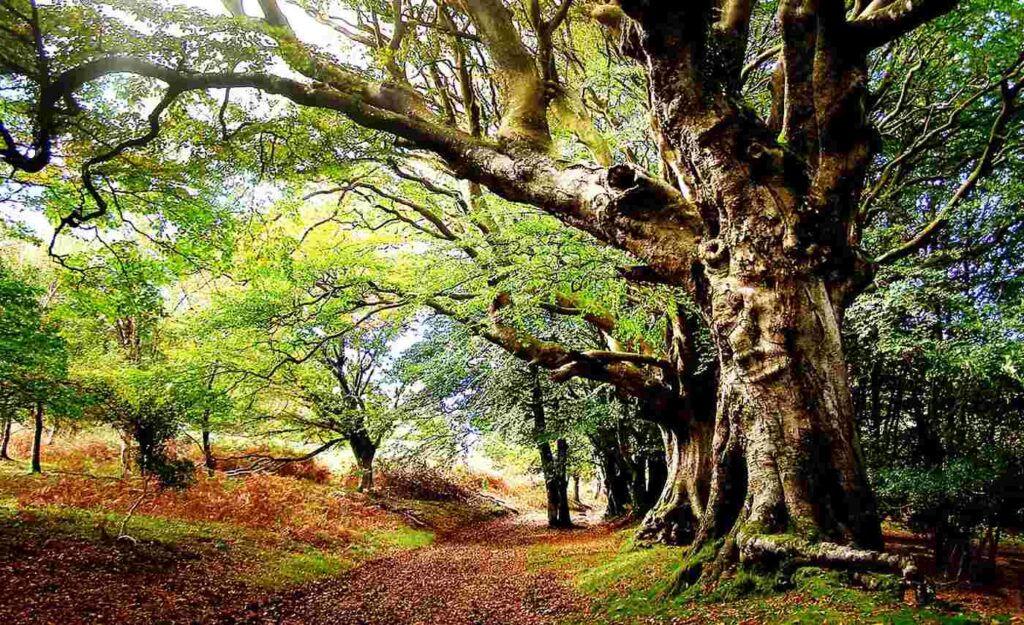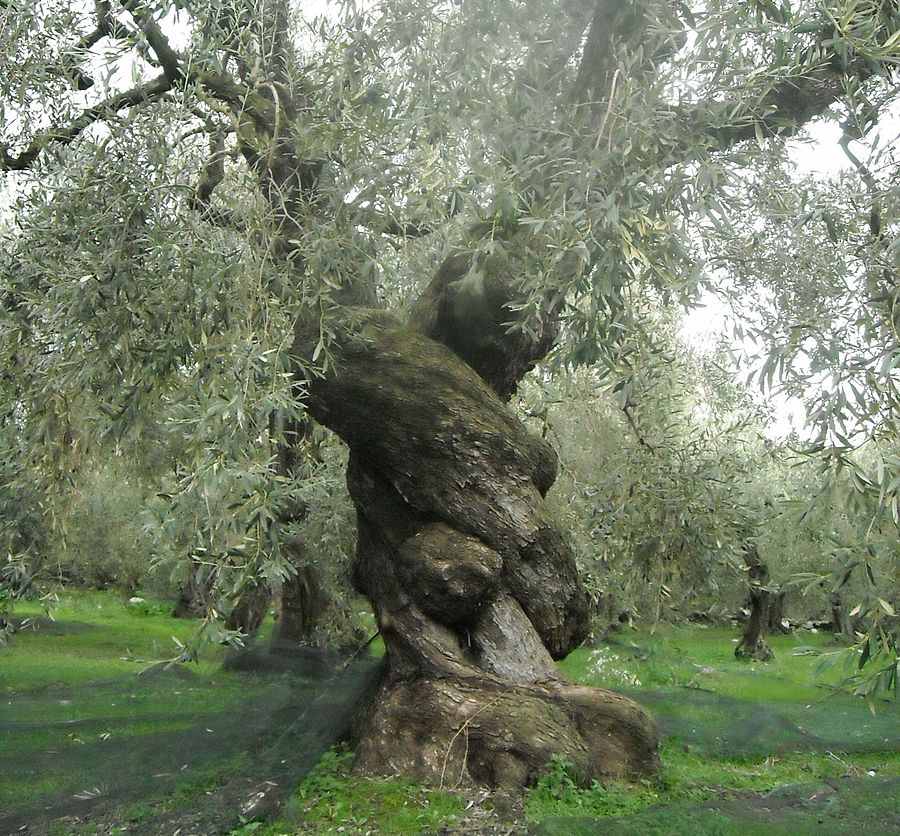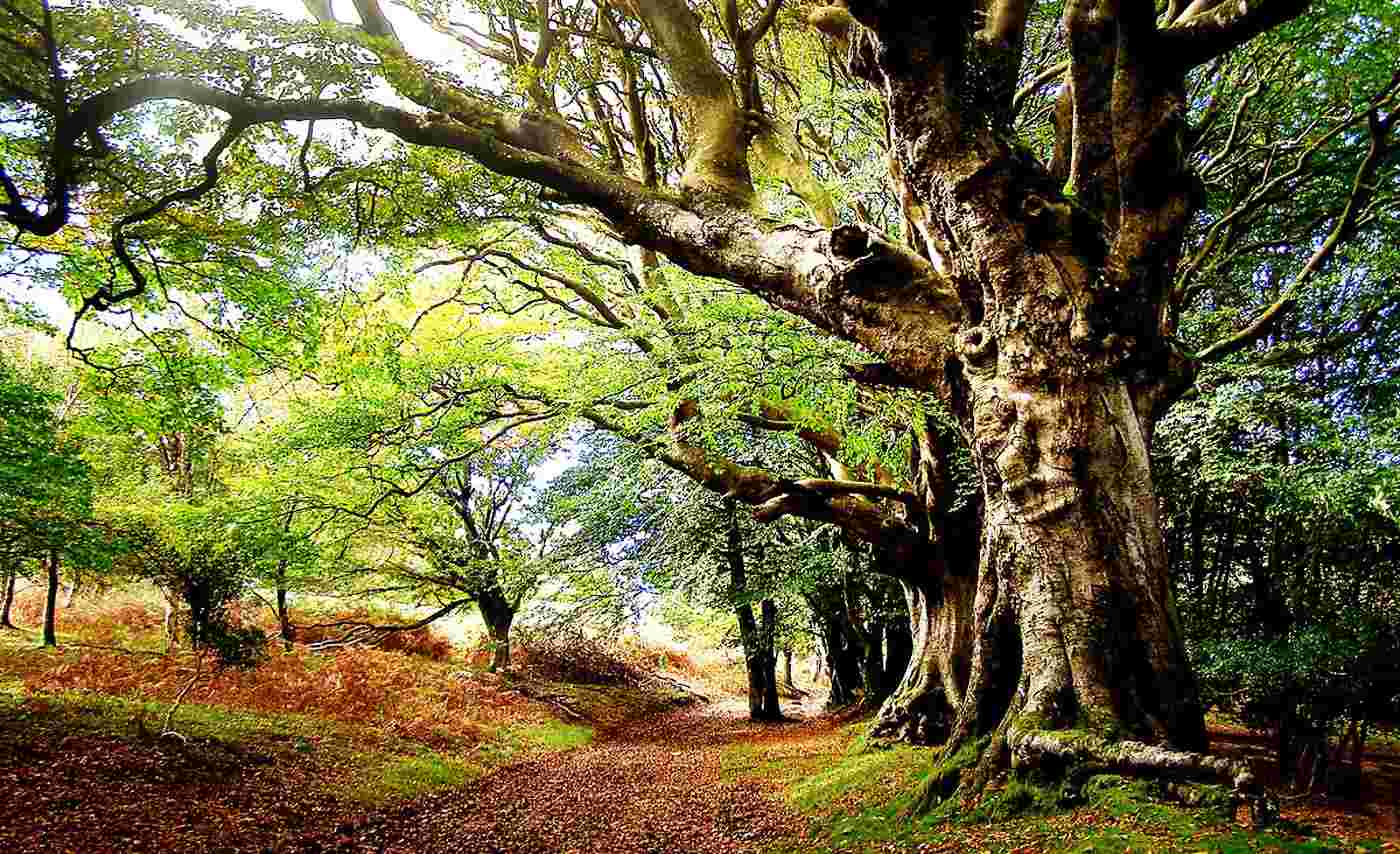
Big old trees. Are there any living things that speak to us the same way as big old trees?
Italy has ensured through law that every Italian and visitor to the country has the right of happening upon the oldest, gnarliest, and most storied trees in the nation, and thereby having that wonderful feeling of discovery and reverence we get from seeing an ancient tree.
The law of the monumental trees of Italy was passed way back in the 20th century, and protected 22,000 trees of various sorts—beech, oak, pine, olive, cypress—from harm.
The 1939 law described monumental trees as “immovable things that have remarkable characteristics of natural beauty,” which as Elisabetta Zavoli writing for National Geographic explains, gave a visual emphasis on what was already a vague categorization for the law.
MORE: The US Halts Old-Growth Timber Sales in World’s Largest Remaining Temperate Rainforest
One of the most important aspects of monumental trees is not their beauty, but their effect as micro-ecosystems. Their hollows, scars, dead branches, and living ones all play host to a wide variety of species like insects, mushrooms, birds, and small rodents.
Signs of damage or decay, while hardly being pleasing on the eye, provide vital nutrients and shelter for the forest animals, such that in 2013 a better, more representational definition of a monumental tree was passed into Italian law.
It’s a good thing too, as many of the monumental trees Zavoli highlights didn’t become monumental for their beauty, but for their age. The olive tree in the village of Villastrada in Umbria could be 2,500 years old, but it isn’t exactly a looker. Its principal trunk has long since decayed, and other younger trunks have grown over its lifespan.

Another example is the Pontone beech tree in Abruzzo, which is actually seven beech trees fused together, wrapped in the same layer of bark.
Since 2013, over 3,000 new entries have joined the national monumental tree registry.
Some are treasured for their beauty, others for their age; yet more are valued for the legend and myth surrounding their lives.
The 800-year-old Cypress of Saint Francis is said to have been planted when, returning from a walk, Saint Francis of Assisi tried to burn the walking stick he had just used.
When it failed to catch fire, he decided to plant it instead, allegedly saying “If you do not want to burn, grow up!” The cones that fall every year from that tree, located in a convent, are gathered in the hopes that pilgrims who can manage to grow something from its seeds will have a blessed tree.
LET Good News Grow, Share This Italian Tale…




















